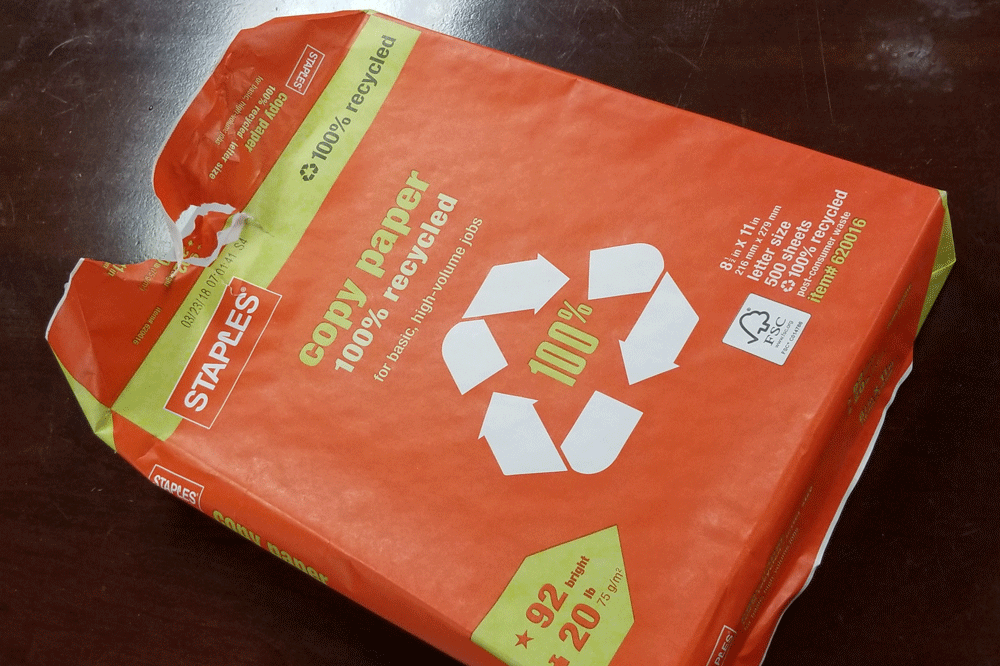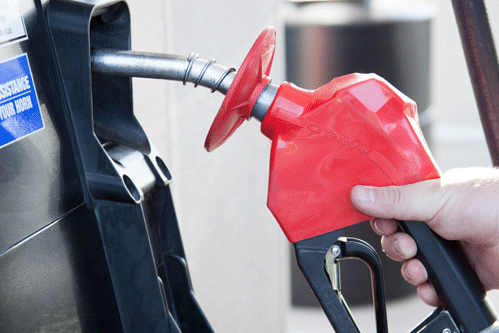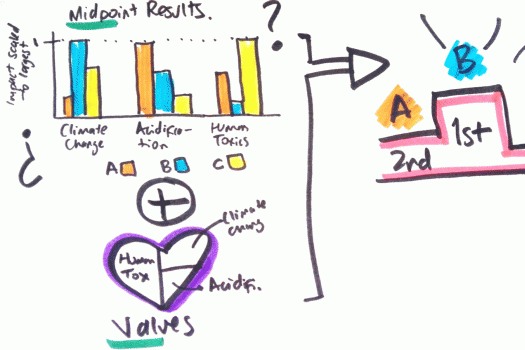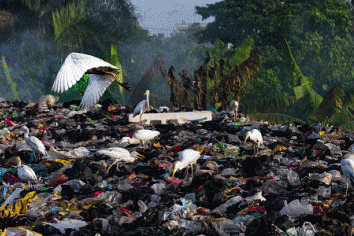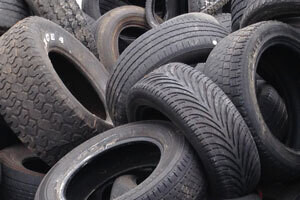UpdatesLCASustainability
A hopeful new chapter in Colombia’s history opened in 2016, with the signing of a peace agreement between the Colombian government and the FARC guerrilla group.
LCA
A few months ago, I shared some thoughts on Life Cycle Assessment (LCA) and its relationship to the concept of the circular economy, with a particular focus on LCA’s potential for assessing the environmental impacts of recycling and other end-of-life actions.
LCA
We’ve been doing a lot of work and thinking about Life Cycle Assessment (LCA) and its relationship to the concept of the circular economy.
SustainabilityUpdatesLCA
As we dive into the new year, our team at EarthShift Global is more excited than ever to participate — as organizers, sponsors, speakers, and attendees — in several sustainability-focused conferences around America and around the world in 2019.
LCASustainabilitySolutions
One of our principal missions as sustainability practitioners is to introduce broader perspective into business thinking, to reduce impacts and eliminate blind spots and “unknown unknowns.” Today I’d like to offer one small, simple piece of advice for doing this more effectively.
LCASustainability
If you’re reading this blog, you’re probably part of a team that’s doing extraordinary things to achieve aggressive environmental sustainability goals. Whether your goal is zero landfill, energy independence, or carbon neutrality, I’d wager that you’ve already accomplished a lot and aim to accomplish much more.
SolutionsLCA
It’s always a pleasure to work with a company that listens to its customers, and applies creative thinking to help solve the problems they’re facing.


